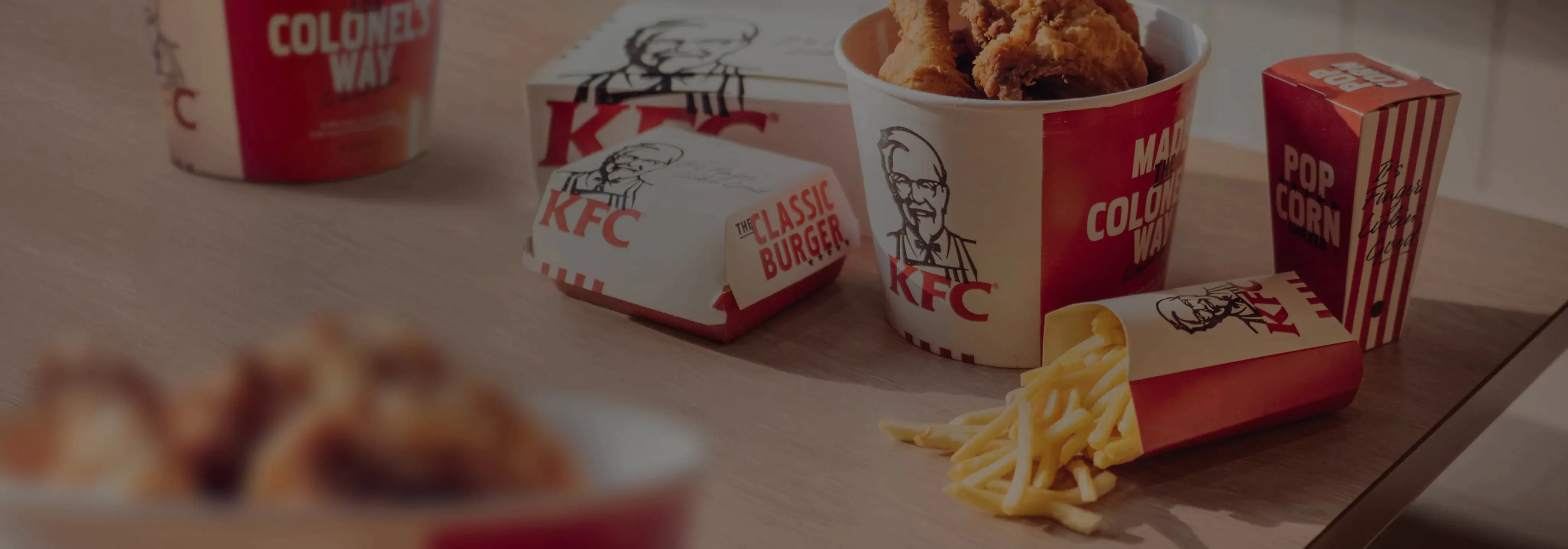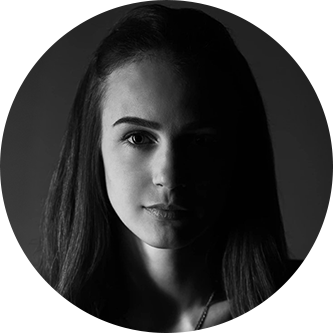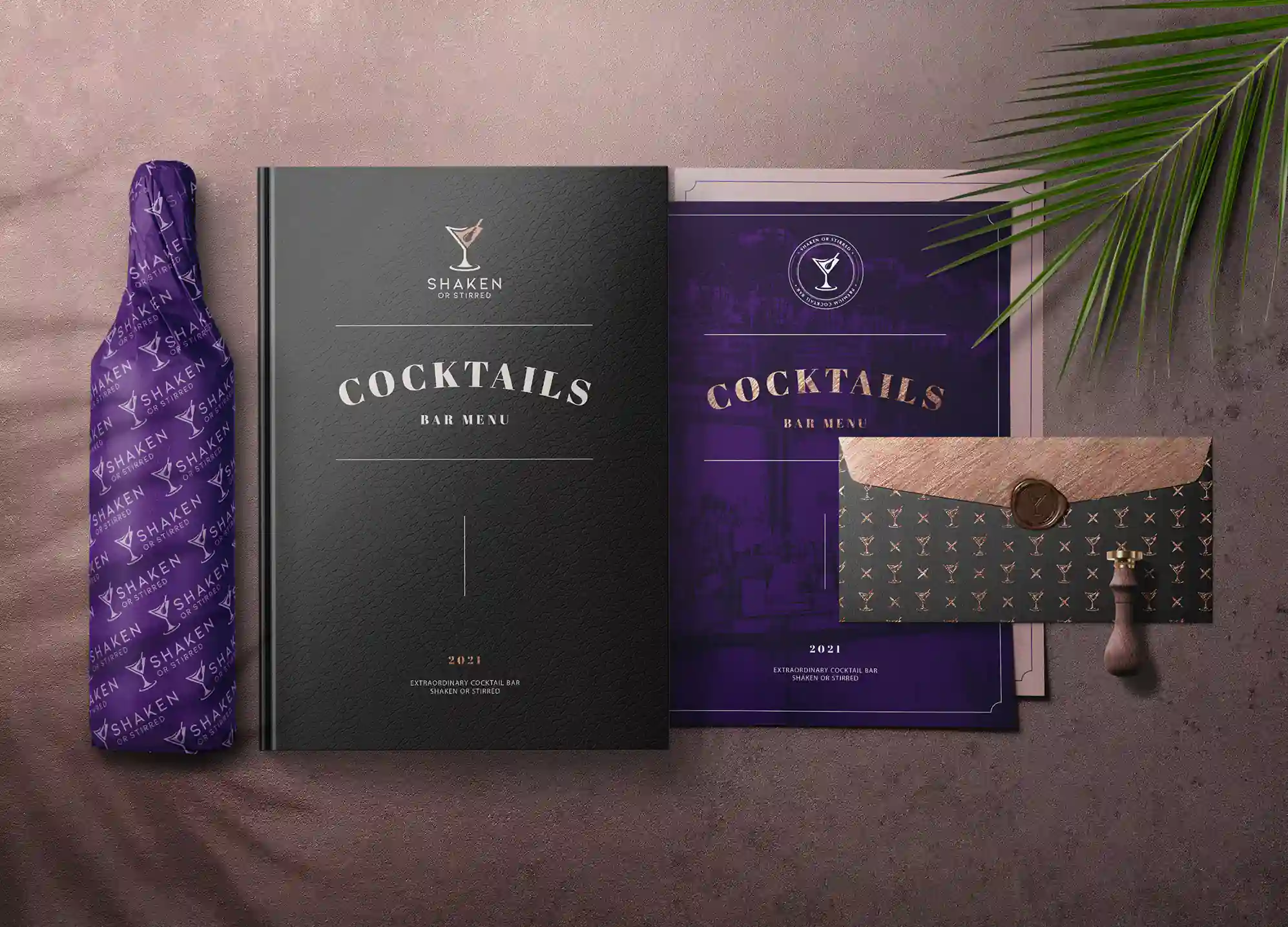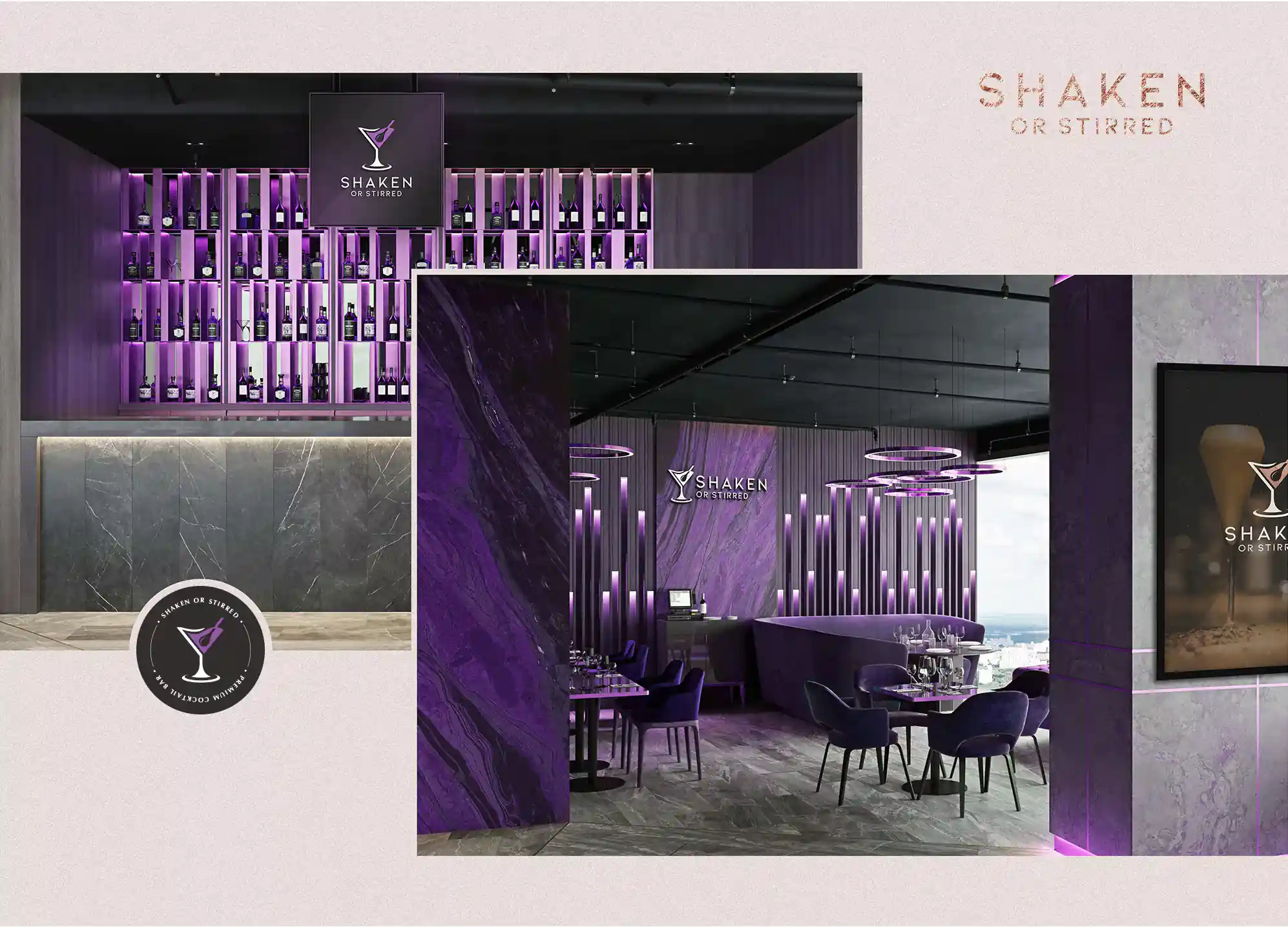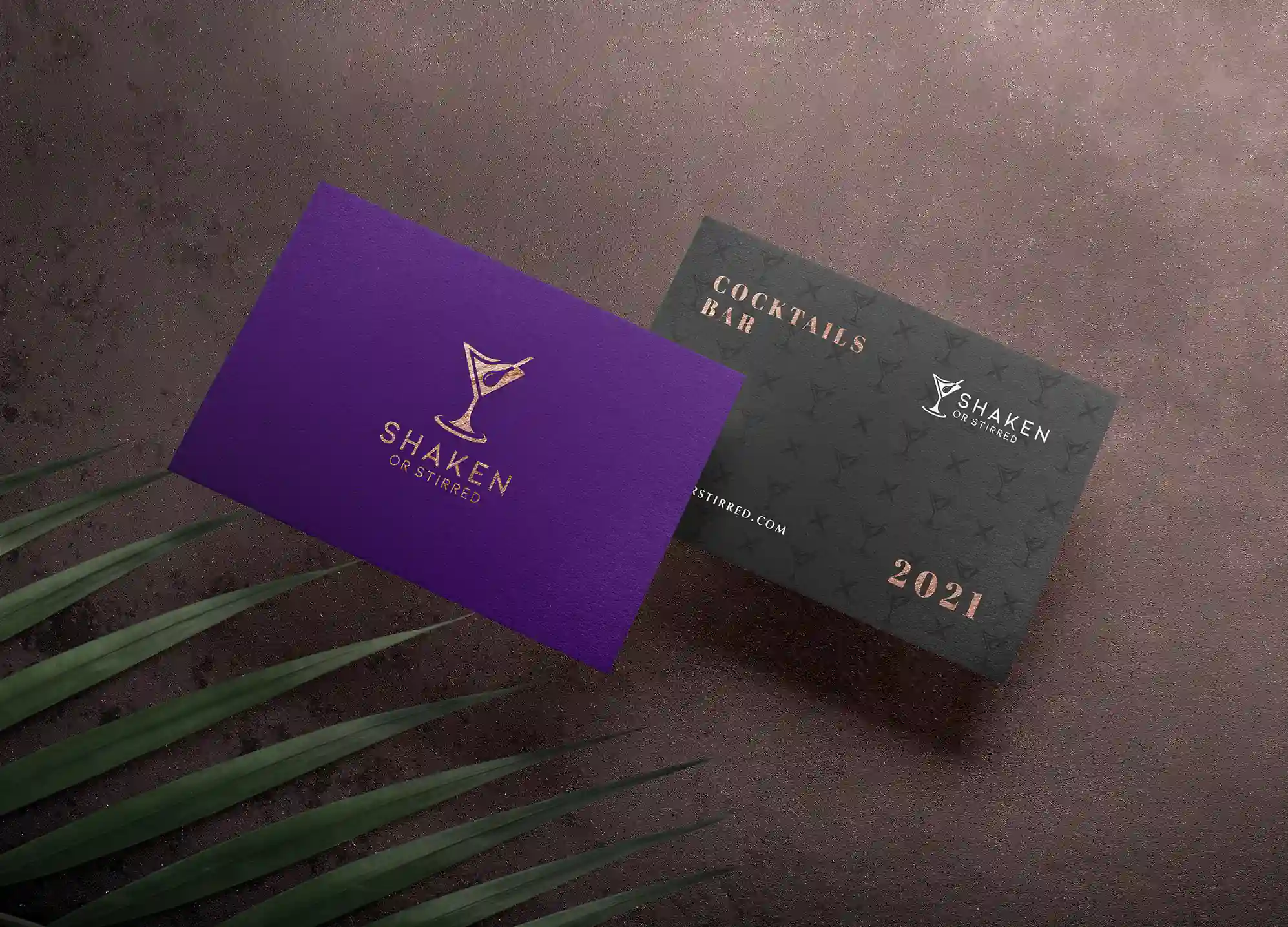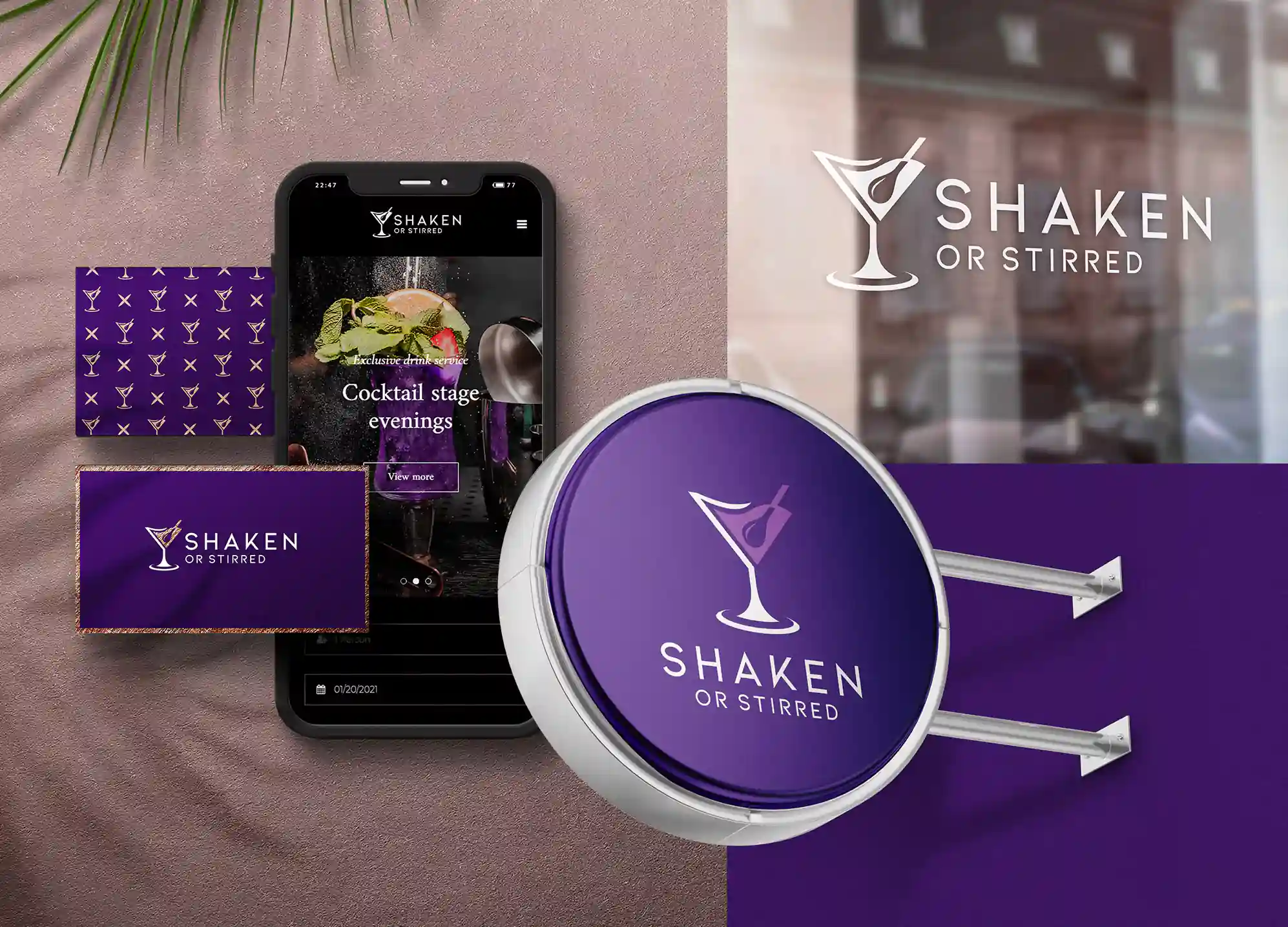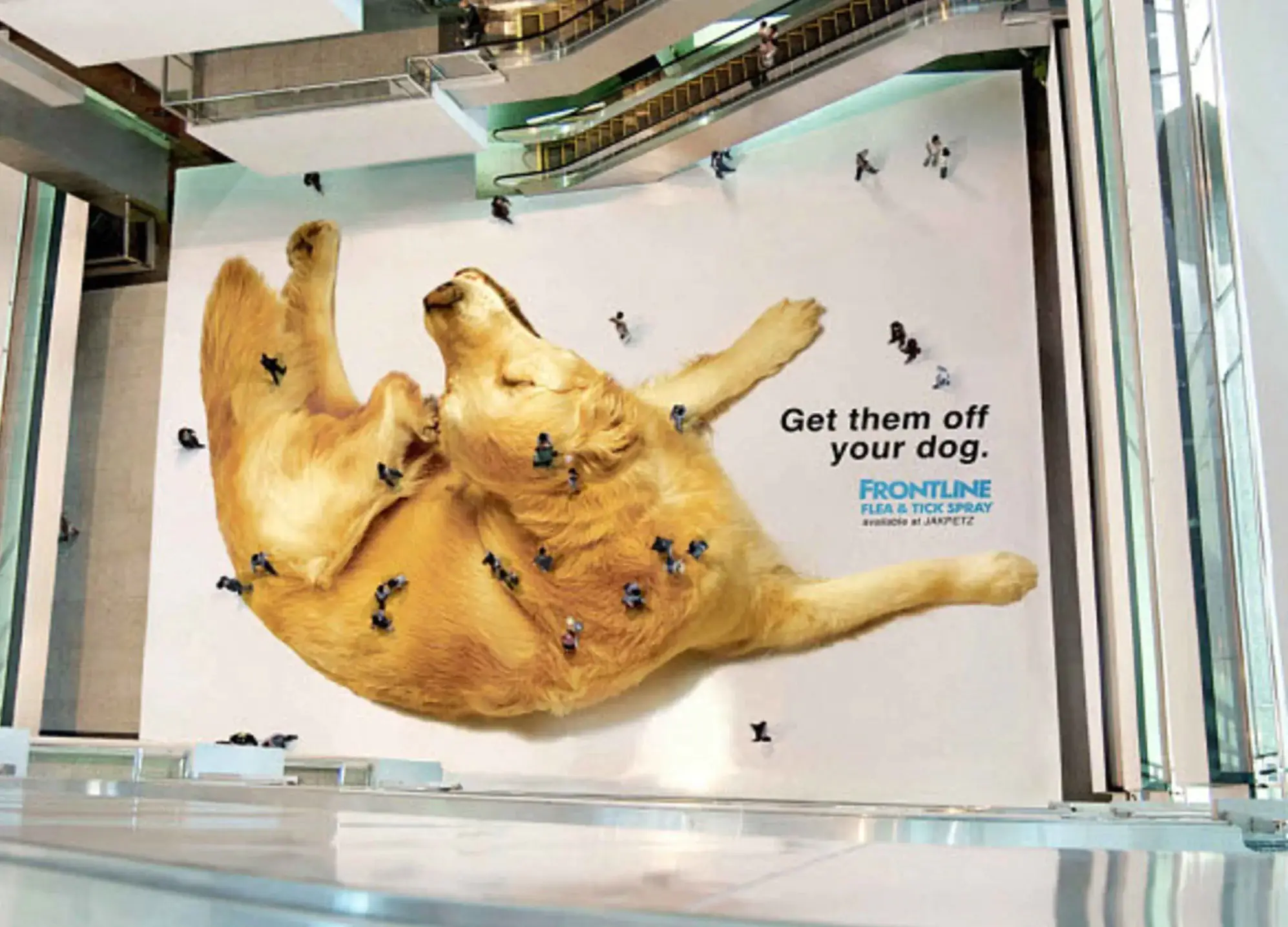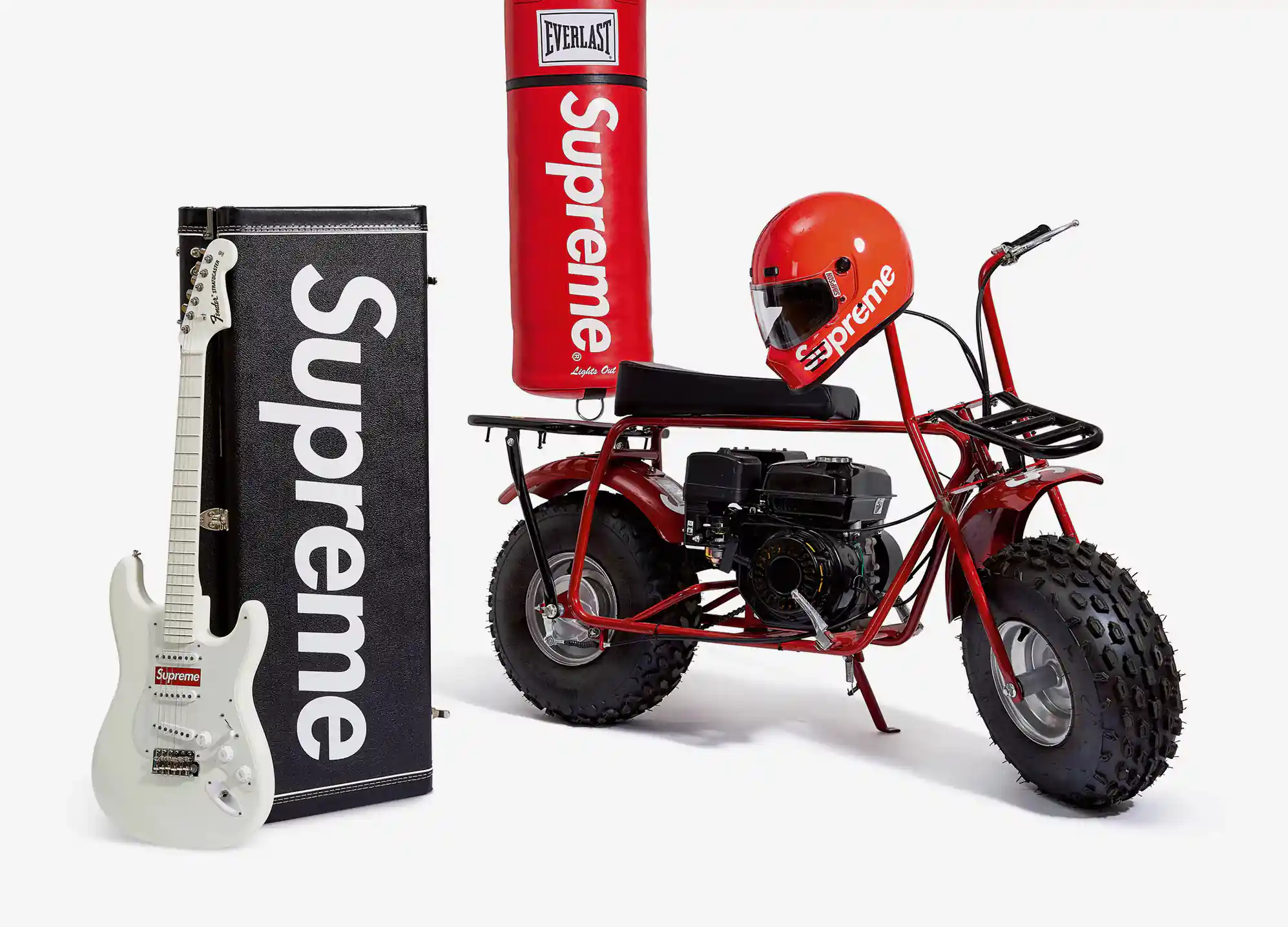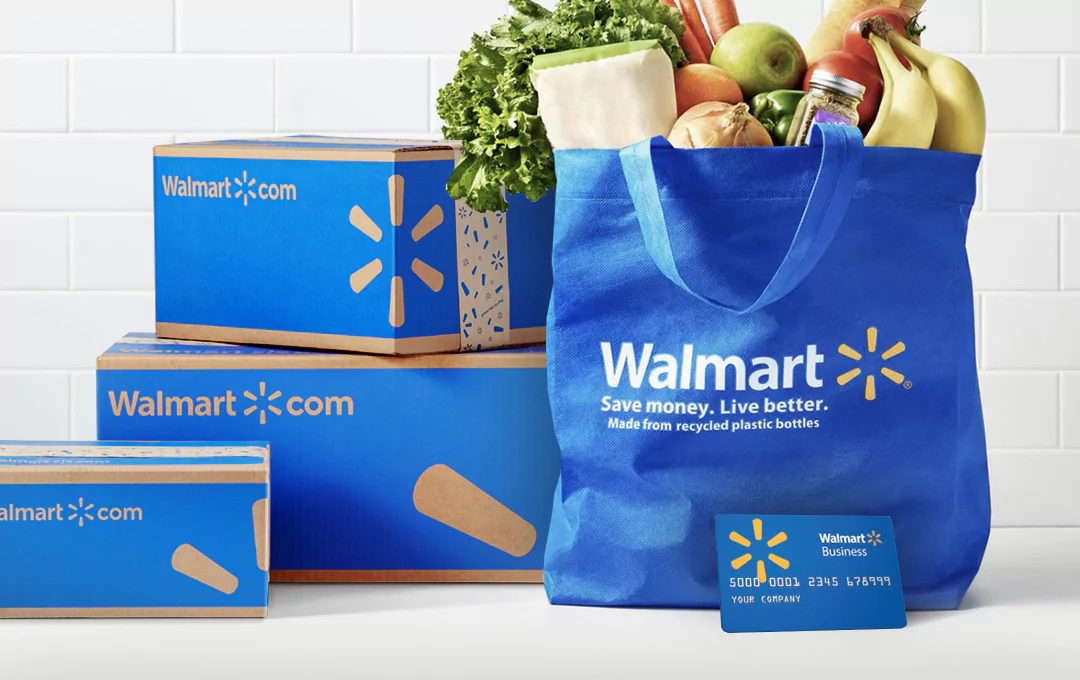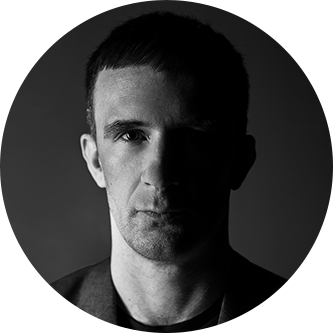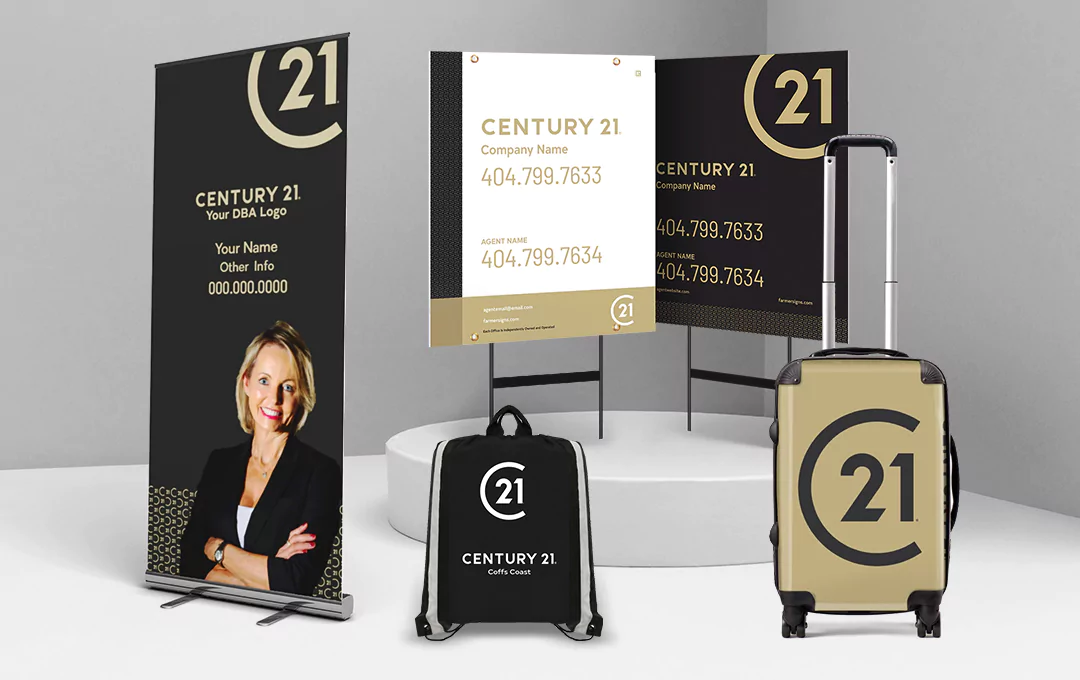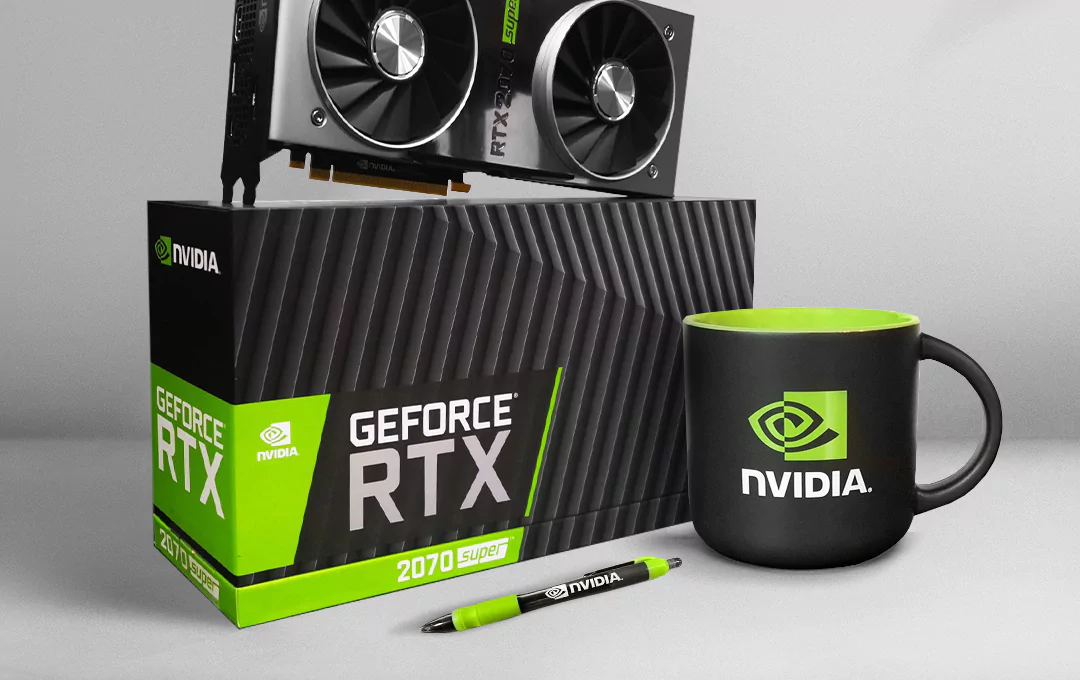Whether engineering brand identity or appealing to audiences, graphic design branding is increasingly becoming the bedrock of successful brands. Read to see how.
Quite recently in the US, a record amount of snow spanning the past 10 years fell. But it wasn’t unforeseen. It was well-predicted by weather forecasters and we were ready for this. Like the weather, design trends come and go, even though they are more than forgettable fads for sure. However, these trends phase out periodically and no one can predict where the design pendulum will swing.
This unpredictable nature of design means there’s so much going on at the same time — whether it’s the good ol’ graphic design, brand identity, user interface design, user experience design, or editorial design — there are a million and one reasons to have your designer on speed dial.
Why so much ado about graphic design? In the years in which graphic design has attained prominence, there has never been a shortage of success stories. The endless activity around graphic design has seen complicated definitions, abstract concepts, and whatnot.
But, design at its core is simple. Little wonder the famous Paul Rand, who whipped up logos for brands like IBM, UPS, Westinghouse, ABC, and NeXT claimed “Design can be art. Design can be aesthetics. Design is so simple; that’s why it is so complicated”.
We all remember Apple’s iPhone 6 series of flagship phones released in 2015, and how they were a turning point in iPhone design. What you may not remember is a stunt pulled by a Canadian marketing firm at the time – 6S Marketing.
Seeing the obvious similarity between their brand name and the iPhone 6S model, they launched a little tongue-in-cheek campaign to get Apple to rename the model iPhone 7. It obviously never happened, but it was good publicity for both sides. That is what design and branding are about – quirky, daring, and above all, fun.
There is no need for design concepts to become overcomplicated and so out of reach. In this article, we have set out to define graphic design, brand identity, a few other associated terms, and how they are all integrated. Sounds like something you’re hoping to learn? Let’s dive deep into it!
What is Graphic Design?
Graphic design is a discipline that employs visual cues — text, color, and illustrations — to evoke particular emotions, and ultimately, favorable purchase decisions in the target audience.
What is Branding?
It’s the promotion of a particular product or company by means of advertising and distinctive design. Branding simply refers to all activities involved in crafting a brand image.
What is branding in graphics design?
While branding refers to everything involved in crafting a specific image in the mind of the general public, graphics design is the primary visual tool with which this goal is accomplished.
What Is Brand Identity?
Many of us are familiar with upstart eyewear retailer Warby Parker. Having started just 11 years ago, they have quickly built enough momentum in a market saturated by established players with deeper pockets like RayBan and earned up to $250 Million in sales revenue in FY 2019 alone. How did they achieve such a feat? By leveraging the power of a stunning graphic design brand.
By branding themselves as the revolutionary new eyewear company determined to provide more affordable alternatives to the ‘needlessly expensive’ products sold by the established players, they were able to grab enough attention to carve out a nice-enough market share for themselves.
Their marketing department had deliberately marketed the company to be ‘the rebel on the block’ offering cheaper (but still quality) alternatives; that right there, is their brand identity, isn’t it? Wrong!
It’s a common misconception, but brand identity is not to be confused with brand image. Brand identity is said to mean the visible elements of a brand, such as color, design, and logo, that identify and distinguish the brand in consumers’ minds.
The term ‘brand identity’ only describes the visual elements, while ‘brand image’ is the perception that forms in the mind of customers after branding activities (like the brand identity development) have been done.
We get that there might be a few concepts that still need clarification from us, or topic areas that throw new questions in the air, which we are willing to provide answers to.
If you’ve read up till this point and you still have questions, do not hesitate to get advice from the chief analyst of our creative agency CEO — Stan, here.
Our expert team is willing and able to offer all the help we can in your bid to create graphic design branding that drives continued value for your brand at whatever level of your growth journey!
The Application of Graphic Design in Branding
Graphic design is a rather common term. It’s all over the place and can mean different things in different contexts — brilliantly designed digital ads, breath-catching print ads, or maybe even web design. It’s is all of these and more.
It basically covers anything that has to do with visual art, appealing to the personal visual preferences of the target audience — from what we have already mentioned to others like logos, user interfaces, product labels, etc.
Design is not just an exercise in itself — it’s an all-important, all-encompassing component of branding. Most activities involved in branding involve visually-stimulating material and so they rely somewhat on expertly executed graphic design brand.
Below, we highlight the importance of visually captivating graphics in selected elements of the branding process:
Logos and color schemes
The first component of any brand’s identity is its logo, and in some cases, color schemes. Properly done, a company’s logo can set it apart with a brand identity of competence and industry savvy.
Logos and Color schemes should represent the identity of the brand. And our work with Royale Craft demonstrates the importance of an immersive logo design in leading a company’s branding efforts through a high level of creativity highlights this. Royal Craft deals in a very specialized niche of hand-crafted wooden home & kitchen accessories.
What started out as a local company had begun to expand quite fast, and so they requested that our team of award-winning designers help them create a brand that was not only exciting enough for a global audience but also fully indicative of why they started the business in the first place — to bring creative, natural wood accessories to the world.
We swung into action expeditiously, coming up with a well-rounded solution after hours of intense brainstorming sessions involving our marketers and designers. Part of what we did was to create a logo for the brand that not only stands out uniquely — with the letters “RC” for “Royale Crafts, intricately merged together — but also includes an oak leaf, plainly portraying them as a woodcraft company set to explore the crossroads between fine and functional wood products.
We also helped fashion out an inspiring Mission Statement, harping on the unique nature of each of their pieces. It helped whip up an aura of exclusivity. And because the success of any brand identity does not come not from the logo alone, but also from the brand’s application, even across multiple brand touchpoints, we crafted the entire brand identity with a luxurious, market-leading appearance top of mind.
After a lot of brainstorming sessions and activity, it didn’t take long before the results rolled in. Royale Craft operates in the national market in Poland with an ambition to expand its reach into the international market by 2023.
After the hard work our creative experts put in, we can proudly say that they are on course to meet this goal because so far, they have landed patronage and partnerships with public international bodies and multinational companies. With this momentum, we strongly believe that their products will penetrate the global markets well before 2023 as they are very much in line with their objectives.
Web design
Business is online nowadays, and hardly any brands exist without a website. Let’s face it — it’s your digital storefront. Like a digital brochure of sorts, websites carry important information about your brand and hold them in one place for interested parties to find.
A well-done website can convert undecided observers to customers in just a glance; on the other hand, there’s no telling how much damage a poorly done website can do. Yet another visual medium, websites need an extensive graphic design to unlock maximum profitability.
Let’s look at Reebok, which’s been around for quite a while now. However, it was somehow overshadowed by bigger, trendier sporting goods manufacturers in the market. Until recently, it has started to make a comeback, and it’s obvious in its representation in movies and TV shows.
You might ask, “what changed?” Reebok’s website (and its general branding) is what changed, leaving behind the old sportswear message of utilitarian ruggedness. Even ditching its old logo, they’ve swiftly embraced an image of fashionable fitness. You can see this in the bold graphic content they now sport on their website.
Product design
Graphic design also features significantly in product design. You may be an online business with a focus on designing the best user interfaces, or you may be a regular old-fashioned business just creating physical products. You’d still need some graphic design elements in designing either your product itself or its labeling and packaging.
These components are equally important in achieving customer satisfaction and must be handled expertly.
Marketing campaigns
Regular marketing material – TV ads, digital ads, print ads, and so on, all heavily rely on eliciting visual stimuli in the target audience. Whether or not sounds are involved, a lot depends on whether your audience finds your ads visually appealing enough. You cannot afford not to delegate these to experts.
In fact, our experience with clients has shown us that a failure to take note of basic graphic design principles can simply destroy your brand image, (remember that you are ranked in the hearts of your audience by the image you present of your brand) trust, and customer loyalty. The implications could range anywhere from crippling to brutally damaging for any brand — and yes, that includes the big brands.
Headed by Philip Ross, who moved from the USA to Poland to start up, Shaken or Stirred is a chain of cocktail establishments that pride themselves in the experience they serve customers just as much as the products they sell. This meant they needed sophistication and an upscale application of graphic design to kick-start the customer experience right before customers walked into any Shaken or Stirred restaurant.
They had first hired a quack designer with little training as the work missed the fundamental elements of good, neat, and professionally done graphic design. To quote Stan in a strategy Zoom discussion call with Phillip, “it was a ‘font salad’ that was loud and mumbled up, they used way too many Photoshop effects without regard for the margin or the copy, and the resolution of the images was low”.
Obviously, they needed a winning design that would not only quickly get their bottom line up and running but also more permanently solidify their position as a major player in cocktail service in Poland. Their request was to help design a brand that appeals to an upscale, sophisticated audience.
Now, unlike Royale Crafts, Shaken or Stirred sells a service, which requires a different approach as they are not products that could be branded as exclusive. After a free project pre-development involving Philip and Stan, our expert team immediately set to work creating unique designs for their branding campaign — ads, mobile app, website, menu books — and just about any other designable/print graphics that a cocktail outlet chain should have.
Carefully selecting the font, colors, and other elements, we were able to create eye-catching blends in the designs that indeed added that elusive tint of sophistication.
Philip’s company got nominated for the Polish Leading Brand Awards in the year 2021, and now Shaken or Stirred is fast becoming a household name in Poland.
In-house communications
In-house communication and branding materials are the last component of the corporate branding that we will be talking about under this sub-topic.
A few years back, the executives at XPO, a large global logistics services company, had an idea. They wanted to collect valuable information and ideas about improvement from all its sites in the UK.
Obviously, being a very large company presented some problems. How do you conduct such an exercise on thousands of employees, without losing vital information or leaving anyone feeling left out? Especially considering that much unlike modern internet businesses, where everyone has a work laptop, their more regular workforce didn’t.
Then, they found the answer, which happened to be one of the most innovative solutions in in-house brand communications of the decade. They designed an easy-to-use mobile application that every employee was able to use in communicating with the corporate offices. It worked so well that it helped the company to save £156,000 in the first year of implementation.
How does this tie back to graphic design branding? Some expert-level graphic design went into creating an official mobile app that was sleek enough to represent the company, yet simple enough to be easy-to-use for workers who were not tech-savvy.
Graphic Design vs. Branding
If you asked any randomer what the term “branding” means, there is a huge chance that they would get it all mixed up. These two terms are often misunderstood and used interchangeably. What is branding? Is it just logos and fancy visual cues?
It’s important to understand these twin concepts as they are both key to putting together winning strategies for building profitable brand identities. As the name suggests, graphic design deals with creating visually stimulating (graphical) content.
From the already mentioned logos to more sophisticated visual cues (websites, etc.), graphic designers put in hours trying to find the best designs to elicit the desired response from the intended audience. This is the foundation of branding.
However, branding goes on and is a somewhat wider discipline. Graphic design can be likened to the chassis, with branding the bigger, more sophisticated, and completely functional car. Branding involves every activity tailored towards creating and maintaining a brand identity. From graphic design to more intricate storytelling methods, all to create the exact right public image for the brand.
It’s the kind of elaborate, and delicate process that is best left to the wisdom of experts with enough skin in the game.
The thing is, graphic design is an intricate art. It requires devoted professionals that don’t just design, but design with a deep commercial understanding of customer behavior, especially within the industry where your business functions.
You need graphic design that reflects the founder’s vision and takes the industry specifics into consideration. Our expert team featuring marketers and designers have these general brainstorming sessions where they help you connect the dots and unlock that winning strategy for your design.
Ready to see how we can help you? Give your brand’s graphic design projects a headstart with our free project pre-development and consultation from our CEO here.
Successful Branding Relies on Graphic Design
There are a few factors that contribute towards determining how successful a branding campaign can get, or whether it will be successful at all in the first place.
Let’s move over the industry giants to learn from the hilarious example of Belle Chic, an online fashion store offering the trendiest pieces at the best prices. Her handbag, due for launch, took on the semblance of some neo-nazi propaganda due to a lack of personal ‘attention to detail’ from the designers, which should be the cornerstone of successful branding.
If you’re wondering, “how?” Well, The high placement of the cursive ‘g’, combined with being a tad too close to the ‘L’ makes it look like the letter ‘H’.
Oh, wait. There’s more: The second T is crossed, but the cross doesn’t appear obvious enough to suggest it’s a T when looking at a glance due to the dominance of the white letters above in bold print.
So, the sparkled letter looks more of HITLER than the original, intended word — GLITTER. Now hold your laugh in. Belle Chic apologized to her brand loyalists for the error after its release and corrected them in a new collection.
To be fair, she was super-duper lucky that her audience found the funny side to it. But branding flops are not always due to a perceived involvement in complex socio-political issues like Belle Chic’s. Most of the time, it all boils down to simple elements as… graphic design.
It also reminds us that graphic designers are not just graphic designers — hence why you need only the best professionals — they are proofreaders too!
Below, we talk about how graphic design contributes to the success of any branding campaign or activity:
It’s critical for any successful marketing campaign
First off, graphic design branding is a huge part of any kind of marketing campaign. Remember, graphic design involves everything related to eliciting visual stimuli — text, video, animations, illustrations, and so on.
Graphic design quality is heavily crucial in achieving the desired branding outcomes. It is not uncommon to find customers who made positive purchase decisions just because the stunning brand visuals and aesthetic innovation appealed to them.
Residents of Jakarta in Indonesia won’t forget in a hurry an ad campaign by Jakpetz, a pet store in the city, intended to advertise a brand of anti-flea and tick spray. Instead of following the traditional methods of placing ads in local media or on billboards, they put out a giant poster of a dog scratching itself on the floor of a busy shopping mall in the area.
Image source: https://thecoolhunter.net/get-them-off-your-dog-people-as-fleas/
This way, when people walked across the poster, they’d appear as fleas on the dog to viewers seeing the image from above. Unconventional and ballsy, there’s no doubt that the campaign achieved its objectives. How were they able to do this? A skillful application of the principles of design to create an optical illusion of some sort.
Quality design helps your website’s conversion rate
Ever had second thoughts or eyebrow raises about a brand after seeing their website? Scams are everywhere, offline and online, and one of the first ways people check for them is to closely look at the quality of their visual web content.
And It’s easy to see why: scammers would not devote the kind of resources and expertise that big brands can deploy towards getting a perfect representation online. So, once a website looks somewhat below standard, consumers quickly perceive that such brand is scammy, poor, or incompetent in whatever their business is (whether they render goods or services).
Personal and commercial brands who do not want to fall victim to these negative perceptions and want to portray an image of excellence will save no expense in investing in an expertly done graphic design for their websites and marketing assets. This will, in turn, yield sales conversions many times the initial expense. The ROI is worth the investment.
Everyone is familiar with PayPal – a very popular electronic wallet and payments service provider, also known as one of Elon Musk’s many successful businesses. It might interest you to know that it is not such a unique service anymore.
Why? Anyone with a MacBook and little-to-moderate coding knowledge can develop a fintech payment solutions app these days. But, somehow, through all the competition, PayPal has held up as a market leader. How? It’s simple – design simplicity.
In an era where a lot of startups and even established companies focus on continuously “enhancing user experience” with increasingly complicated user interfaces, PayPal has kept it simple — allowing them to build a brand image as a straightforward and reliable payment solution. In 2020, the company processed $936 Billion in payments, earning a solid $21.4 Billion for its efforts.
Your brand image significantly benefits from graphic design
We’ve explained what your brand image is, and how important it is for achieving consistency in the markets. Graphic design factors hugely into determining a brand’s image.
Would you rather your brand be known as savvy and modern, or would you rather be that brand whose visual appeal has faded with the times? (e.g., how minimalism eclipsed maximalism as a graphic design trend.) Brands present their values, ideals, personalities, and this helps them take their market share by extension, all using graphic design.
No brand typifies the influence of graphic design on brand image more than the luxury lifestyle brand – Supreme. Quickly catching on with the social media buzz, Supreme has been able to build a savvy, youth-focused lifestyle brand.
Image source: http://www.mentalkhk.com/2019/05/24/the-supreme-vault/
One that could employ a high pricing system for its coveted, limited edition clothing pieces.
They did this by steadily building an organic following on social media, posting relatable art and random videos. Today, supreme has now been snapped up by VF Corp. And they are projected to bring in $600 Million in sales revenue in 2023.
Brand marketing is heavily reliant on graphic design
Not to sound like a broken record, but we all already know that social media and all other forms of emerging media are the new rave in brand marketing. All of these platforms rely heavily on visual stimuli.
Whether or not there are big blocks of text involved, social media posts almost always involve photos or videos. It’s the quality of your social media activity which is a huge part of your brand marketing that determines the extent of your audience’s engagement with you.
With the most tastefully done graphic designs, you can be sure to expect the attention of visitors eager to be associated with quality. Anything lesser than that, and you may just have to be content with ‘two retweets and five likes’ 🙁 .
Chances are you know Häagen-Dazs, the very popular American ice-cream maker, pulling in an estimated $222 Million in revenue every year. Employing graphic design, they created a beautiful campaign that focused on the plight of bees across the country.
Now, here’s the full scoop: Besides reaching their objective of ‘social good’ by drawing attention to a good cause, they were also able to create a strong brand identity for themselves, as that ice cream brand that cares about bees. A masterstroke!
Wrap Up
Without a doubt, building a brand identity requires extensive graphic design expertise. Any brand that is looking to walk in the steps of success stories that we have mentioned earlier must also be ready to make commitments to having top-notch graphic design.
You’re probably thinking — your brand is in a completely remote niche. What could your employees possibly know about graphic design principles? Or, on a personal note, what do you know about hiring graphic designers who will be a force multiplier for your branding project?
It’s tempting to log on to Fiver and Upwork in search of these kinds of graphic designers. But from an internal assessment we conducted with majority of our clients having personal & commercial brands, they claimed that their fingers are often burnt when they seek cheaper alternatives. How? They hire individual graphic designers who are mostly untrained and flop the task.
Some, just not good enough. Their color palettes miss the mark, and they lack knowledge about the latest industry trends. Some, though good enough, lack professionalism — they’re more concerned about aesthetics over personal client needs, with a careless attitude to work and deadlines.
From our experience, when clients end up with these kinds of individual graphic designers, it’s never a pleasant situation to be in. Because, for the client, it’s a double whammy that means they end up spending twice on the same project — and it’s not just their budget, but also their precious, never-to-be-recovered time.
It’s not that you cannot throw a dart on the wall and land on some really good freelancers, but you have a higher chance of success when hiring good-to-honest professionals with the quality assurance that comes with an agency that is built to help your brand get its best-desired outcomes.
And suppose you’re unsure which agency to go with, how do you choose an agency to work without first wasting a huge chunk of your branding budget? How do you avoid mistakes in hiring an agency that will drive significant value for you?
You need an agency whose services come in concise, well-thought-out plans to help you build a professional brand identity for current and future customers — think in-depth market & industry research, gainful strategy sessions, complete brand iterations that will serve and sustain your business for years.
You also want to make sure that your chosen agency is just as much of a bundle of passion for your business as you are.
With much of our expertise dedicated to helping numerous clients to achieve their branding goals through the power of graphic design, we’re in a good position to assist you with expert recommendations, tailored ideas, and solutions for your personal & business graphic design needs. Our agency has undertaken 300+ unique projects, and each unique in their own demands of graphic design to yield exceptional business outcome for our clients.
Need inspo? Have a feel of some of our past work here. For creative ideas that are more tailored to your project, we’re happy to share our experience through a free project pre-development consultation from our CEO.
